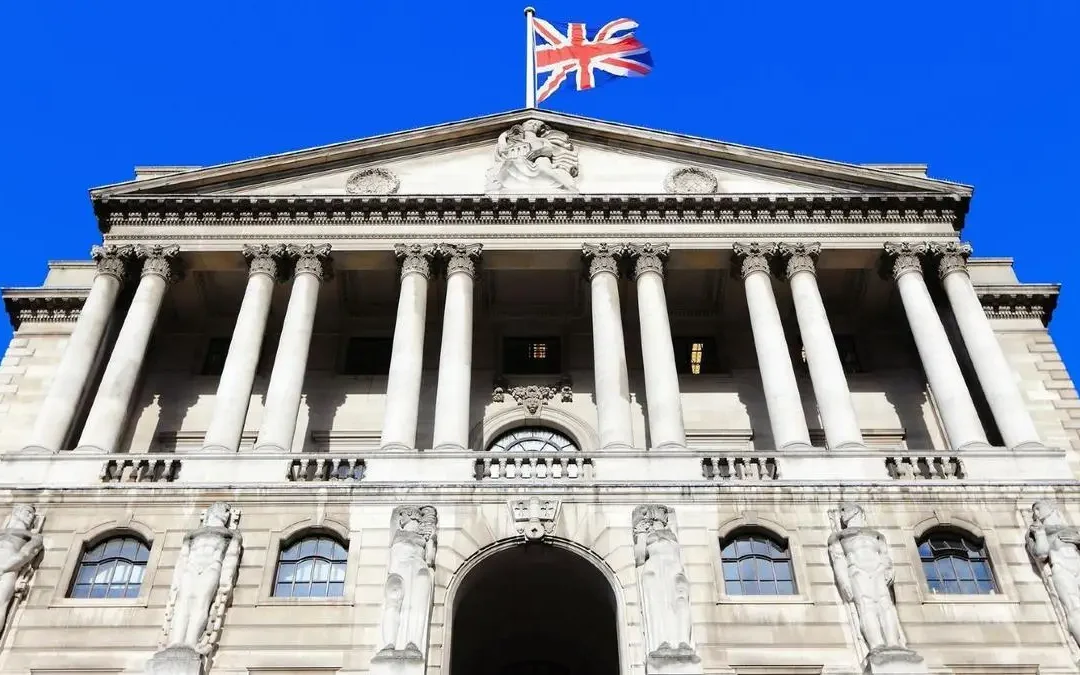The Bank wants to see how market players cope when there are huge demands for liquidity, such as meeting extra margin calls on positions in a short time.
London:
The Bank of England said on Friday it would start the second leg to its first system-wide stress test of how banks, insurers, pension schemes and clearing houses collectively cope with shocks involving interest rates and risky asset prices over 10 days.
The BoE announced in June it was launching its first sector-wide stress test or system-wide exploratory scenario (SWES), kicking off with information-gathering from over 50 firms.
The Bank set out on Friday more detail on the test, saying it would look at conditions more severe, wider ranging and persistent than the “dash for cash” during March 2020, when economies went into pandemic lockdowns, or when UK government bonds went into freefall during the liability-driven investment (LDI) crisis last September to October.
“We expect to run a second round of the scenario phase through 2024 and intend to publish our final report on SWES findings by end-2024,” the Bank said in a statement. There will be no “pass” or “fail” or results for individual firms.
International regulators such as the Fed, the European Central Bank, as well as regulators in Dublin and Luxembourg where many funds offered in Britain are listed, have been consulted.
The Bank wants to see how market players cope when there are huge demands for liquidity, such as meeting extra margin calls on positions in a short time.
“For non-bank financial institutions, we are focussing this round on how their liquidity needs change as a result of our hypothetical scenario and what actions they take in response,” the Bank said.
Regulators globally are taking a closer look at the $239 trillion non-bank sector, now accounting for about half of the global financial sector.
The Federal Reserve had to provide liquidity to help money market funds in 2020, and the BoE stepped in to buy government bonds to ease liquidity at LDI funds last autumn.
The BoE findings will feed into international regulatory policymaking in a bid to make such interventions by central banks less likely in future market crises.
Reuters

